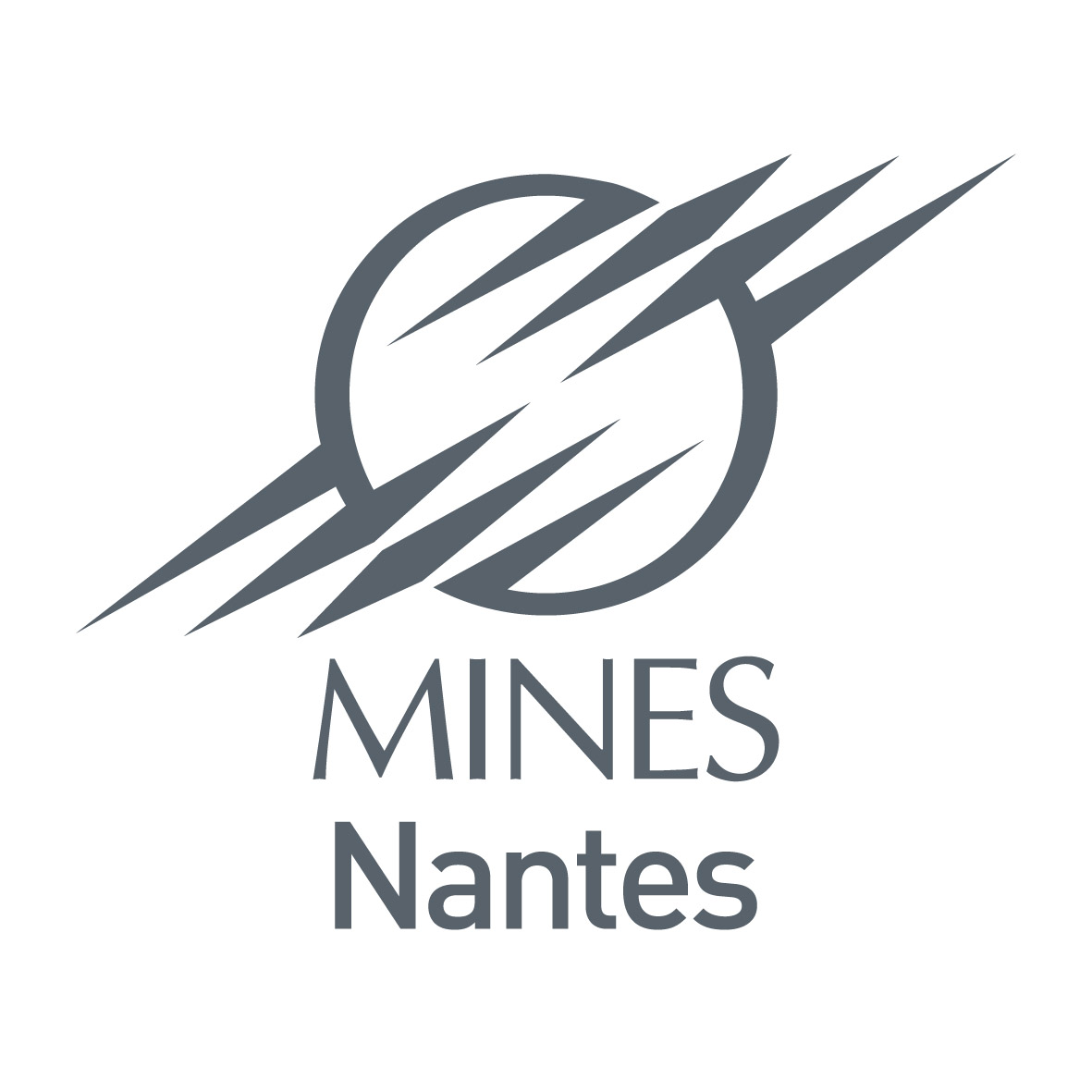Dynamic simulation of pure hydrogen production via ethanol steam reforming in a catalytic membrane reactor
Résumé
Ethanol steam reforming (ESR) was performed over Pd-Rh/CeO 2 catalyst in a catalytic membrane reactor (CMR) as a reformer unit for production of fuel cell grade pure hydrogen. Experiments were performed at 923 K, 6e10 bar, and fuel flow rates of 50e200 ml/min using a mixture of ethanol and distilled water with steam to carbon ratio of 3. A static model for the catalytic zone was derived from the Arrhenius law to calculate the total molar production rates of ESR products, i.e. CO, CO 2 , CH 4 , H 2 , and H 2 O in the catalytic zone of the CMR (coefficient of determination R 2 ¼ 0.993). The pure hydrogen production rate at steady state conditions was modeled by means of a static model based on the Sieverts' law. Finally, a dynamic model was developed under ideal gas law assumptions to simulate the dynamics of pure hydrogen production rate in the case of the fuel flow rate or the operating pressure set point adjustment (transient state) at isothermal conditions. The simulation of fuel flow rate change dynamics was more essential compared to the pressure change one, as the system responded much faster to such an adjustment. The results of the dynamic simulation fitted very well to the experimental values at P ¼ 7e10 bar, which proved the robustness of the simulation based on the Sieverts' law. The simulation presented in this work is similar to the hydrogen flow rate adjustments needed to set the electrical load of a fuel cell, when fed online by the pure hydrogen generating reformer studied.
| Origine | Fichiers produits par l'(les) auteur(s) |
|---|
